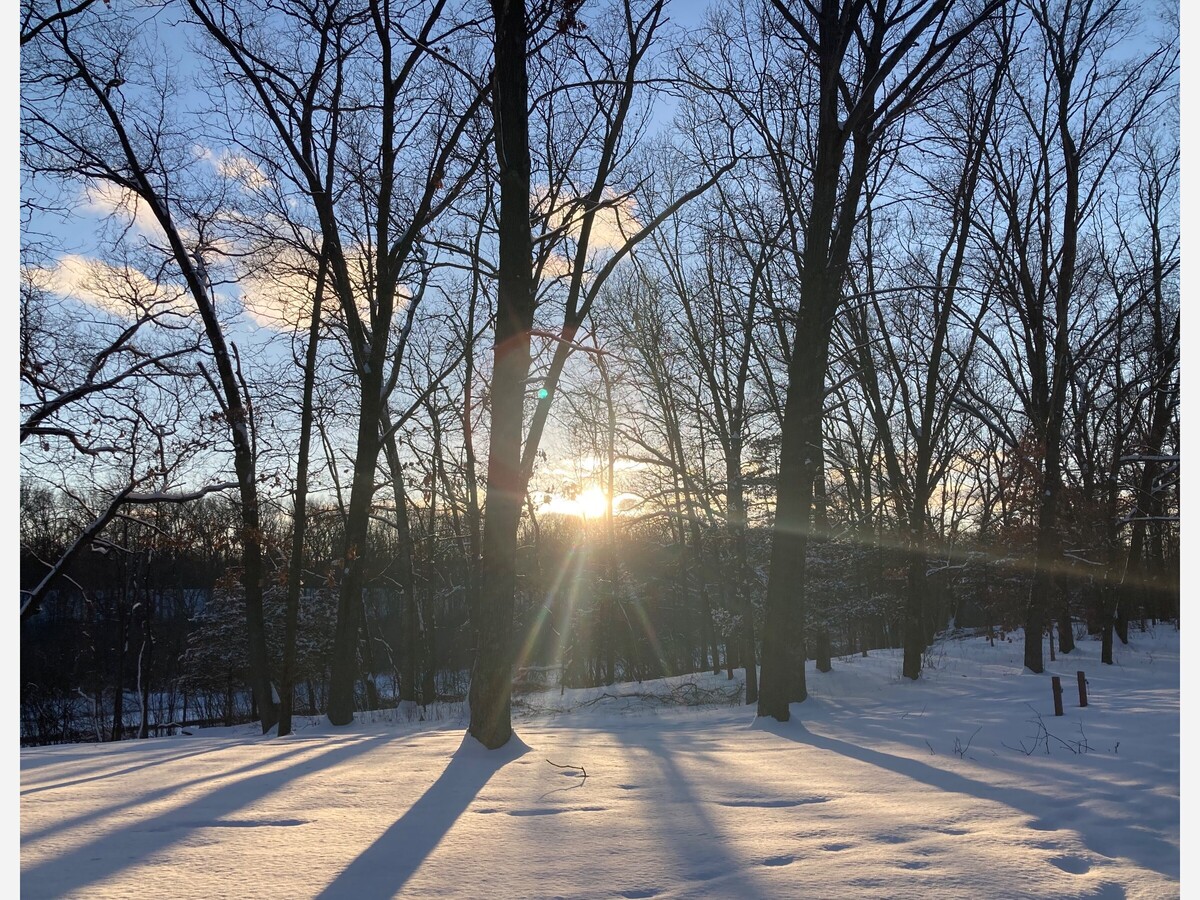Image

The winter solstice is a natural phenomenon that occurs when one of Earth's poles is tilted the farthest away from the Sun. This results in the shortest day and the longest night of the year for that hemisphere. The winter solstice usually happens on December 21 or 22 in the Northern Hemisphere, and on June 20 or 21 in the Southern Hemisphere.
The winter solstice has been observed and celebrated by various cultures and religions throughout history, as it marks the symbolic death and rebirth of the Sun. The gradual increase of daylight hours after the winter solstice signifies the return of life and warmth to the Earth. Some ancient monuments, such as Newgrange, Stonehenge, and Cahokia Woodhenge, are aligned with the sunrise or sunset on the winter solstice, indicating its astronomical and spiritual significance.
The winter solstice also has practical implications for people living in different regions of the world. Depending on the latitude, the winter solstice can affect the amount of sunlight, temperature, and weather patterns. For example, places within the polar circles experience polar night, when the Sun does not rise at all, during part or all of the winter season. On the other hand, places near the equator have little variation in daylight hours and seasons throughout the year.
There are many winter solstice traditions around the world, celebrating the return of the light and the hope of a new year. Here are some examples:
- In ancient Rome, people celebrated Saturnalia, a festival of feasting, gift-giving, and role-reversal in honor of Saturn, the god of agriculture.
- In Scandinavia, people observed Yule, a time of burning logs, eating, and drinking to welcome the sun god Frey. Some modern pagans still celebrate Yule with rituals and symbols of fire and light.
- In China, people mark the winter solstice, or Dongzhi, by eating tangyuan, glutinous rice balls in sweet soup, to symbolize family reunion and harmony.
-This ancient Persian festival, like many winter solstice holidays, celebrates the end of shorter days and the victory of light over darkness. Meaning “birth,” Yalda is marked by family gatherings, candles (originally fires lit all night), poetry readings and a feast to get through the longest night of the year. Nuts and fruits, including watermelon and pomegranates, are traditionally eaten—legend has it that eating the fruits of summer will protect you from illness in winter.
- In Peru, people celebrate Inti Raymi, or the Festival of the Sun, by honoring the sun god Inti with dances, music, and offerings.